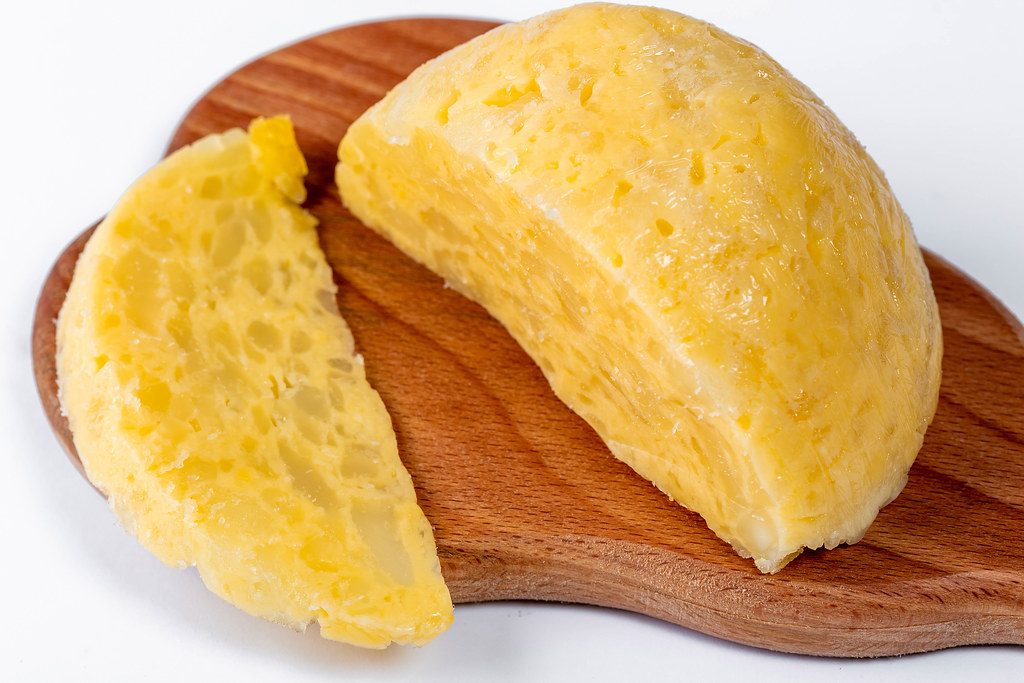The Science of Cheese Cultures: What You Need to Know
The science of cheese cultures might not be something you feel you need to know about, and you aren’t completely wrong. As long as they do their thing, you can do yours, right?
Well, sure. However, there are a lot of things that you might wish you knew about cheese cultures before you started making cheese. From understanding what they actually are, where they come from, and what they do, there is a lot you probably don’t know.
If you aren’t too interested in the scientific side of things, that’s fine! We get it – science isn’t always fun. Because of that, we will be keeping things as simple as possible. Let’s face it, only a handful of people want to get into the nitty gritty of cheese cultures, and there are scientific articles out there that you can dive into.
Here, we will go over what you need to know about cheese cultures. By the end of it, you should have a good idea of all the important bits, and even know how to pick out your own culture.
So, let’s jump into it. There’s a lot to cover!
What is a Cheese Culture?
A cheese culture is an umbrella term for a variety of very specific bacteria strains that get combined to make various types of cheeses. Cheese cultures are also used to help the good bacteria found in milk to flourish, which leads to a richer flavour when developed.
The primary point of cheese cultures is to increase the acidity of the milk by absorbing lactose. This is a type of natural sugar that is found in milk. When lactose is absorbed, it gets transformed into lactic acid. Lactic acid is crucial to the whole cheese-making process for three big reasons:
- Lactic acid makes the milk more acidic by consuming the sugar in the milk
- The lactic acid makes the milk split into curds, which is crucial for making cheese
- The cheese starts to formulate a smell, flavour, and texture once these things happen
Where do Cheese Cultures Come From?
Cheese cultures, at their simplest, come from the fermentation of milk. The milk may come from various sources, depending on the animal it comes from – such as sheep, cows, or goats. Animal-based pasteurized milk must be used in order for the good bacteria to flourish.
The lactic acid in cheese cultures gets added to the milk, which then breaks down the lactose sugars. This makes it sustainable and also easier to digest.
Do Cheese Cultures Have Health Benefits?
Cheese cultures, along with various other cultured foods such as kombucha, yoghurts, and many more have great health benefits. This is actually why lots of these foods are so popular! Probiotics (a type of good bacteria) are found in fermented drinks and foods and have digestive enzymes. These digestive enzymes can help to restore gut health, and there are many long-term and short-term health benefits.
Cheeses also fall into this category, but it’s always important to enjoy them in moderation. Too much of any good thing becomes bad for you! Some cheeses provide lots of essential minerals and vitamins, such as Parmesan, cottage cheese, and feta.
Overall, cheeses are great sources of protein, as well as vitamin B12, and many more things. It can help to strengthen your immune system, as well as build muscles and help with nervous system health.
The best part is, when you make cheeses at home, you are actually getting twice the benefits from it than you would store-bought stuff! This is because your cheese will carry more bacteria strains and be denser in vitamins. That’s already a great reason to make your own cheese, don’t you think?
Why Are Cheese Cultures Important?
Not only are cheese cultures crucial for producing the cheese itself, but it also plays a key role in the preservation of said cheese. They help to prevent bad bacteria from growing within the cheese, which will shorten its shelf life. This explains why cheese lasts a lot longer than milk does.
The bacteria present in the cheese get undermined by the cheese culture and the good bacteria in it, and it helps the coagulant (such as rennet) you are using to form the curds. The fermentation that happens also breaks down the lactose in the milk and turns it into lactic acid. Cheese cultures will also impart a unique flavour and texture to the cheese!
Without a cheese culture, all of your favourite cheeses would be very different. You would not get the same wonderful textures and flavours that you are used to. So, not only do cheese cultures make cheese taste as good as it goes, but it preserves the cheese so that you can enjoy it for longer.
How Are Cheese Cultures Classified?
Although the majority of cheese cultures indeed have a similar makeup, there are some differences. They can be categorised by looking at three things: the bacteria types they contain, the ratio of the strains present, and the temperatures they work at.
Cheese cultures and bacteria strains will vary depending on the type of cheese you want to make, so there is no one-size fits, unfortunately!
Temperature
Mesophilic and thermophilic cultures are the two most common types of temperature-categorised cheese cultures. Let’s take a quick look at each of these below.
Mesophilic Culture
This kind of cheese culture is well-suited to medium temperatures up to about 32°C (90°F). It’s great for making cheeses like Cheddar, Monterey, Gouda, Edam, and more. This culture is the most popular of the two and is used to produce the majority of cheese types that can’t be heated up too much.
Thermophilic Culture
This kind of cheese culture is great for hotter temperatures, namely between 20°C – 51°C (68°F – 125°F). The bacteria in this culture love the heat, and cheeses such as Parmesan, Mozzarella, and Romano need this type.
Starter vs Non-Starter Culture
It is important to note that you do not need a cheese culture to make every type of cheese. Some cheeses require no start cultures, such as cottage cheese and cream cheese, so they are very easy to make at home. Besides, these most other cheeses will need some kind of starter culture.
A starter culture is a specially grown bacteria (lactic acid bacteria), which is used to turn milk into cheese. These are ideal for beginners, as they are straightforward to use. The majority of starter cultures come with a particular bacteria blend needed for certain cheeses.
However, some are broader and can be used for a variety of cheeses. One example of this is the mesophilic culture, which can be used to make semi-soft as well as hard cheeses. Cheese recipes should always list out the kind of cheese culture that is needed to create it.
Non-starter cultures, on the other hand, are made from microbial groups that are lower in curds. They have different conditions and are known to dominate the cheese microbiota in the process of ripening. This is done by the culture having the ability to tolerate hostile environments, which in turn has a major influence on curd maturations. This then plays a key role in the unique characteristics of cheese development!
How Should You Properly Store Cheese Cultures?
You should always store unopened cheese culture in a freezer or another cold place. This will help to preserve them and prevent unwanted bacteria from growing.
Ensure that you store them in small mason jars or sealed plastic bags in order to prevent any moisture from getting to them.
As long as you store it correctly, you can expect your cheese culture to last up to two years.
Differences Between a Cheese Culture and a Cheese Mould
We know what cheese starters do now – they help to create the cheese itself by making the milk flourish with good bacteria. Cheese mould, on the other hand, is used to create the outside of the cheese. The mould gets added to the outside of the cheese and gives it a unique flavour and texture.
In both cases, cheese cultures and cheese mould have good bacteria that are crucial for the cheese production process.
Figuring Out Which Culture You Need
As we mentioned previously, the type of cheese culture you need will depend on the kind of cheese you are planning to make. The best thing to do would be to use a recipe that mentions the kind of culture you need, as this will take all the guesswork out of the process.
If you are feeling a bit more adventurous, you can try guessing it yourself. You can do this by taking note of the inoculation temperature in the ripening process. For temperatures up to 32°C (90°F), go with a mesophilic culture. For temperatures between 20°C – 51°C (68°F – 125°F), opt for a thermophilic culture.
The majority of cheeses will require a mesophilic culture. This includes the popular Cheddar, Mozzarella, Cottage Cheese, Colby, Monterey Jack, and more. However, you can also pay attention to the texture and softness of the cheese. Hard cheeses like Parmesan will usually need a thermophilic starter culture as it has high heat resistance.
As long as you keep an eye out for recipes and use common sense, you can get far!
Final Thoughts
Cheese cultures might sound complicated, but they are a lot easier to handle than you think. Hopefully, this article has been helpful, and you now feel a bit more prepared to get out there and become more self-sufficient.
As soon as you get your head around the basics of cultures and starters, you will be surprised by how easy making your own cheese can be.

